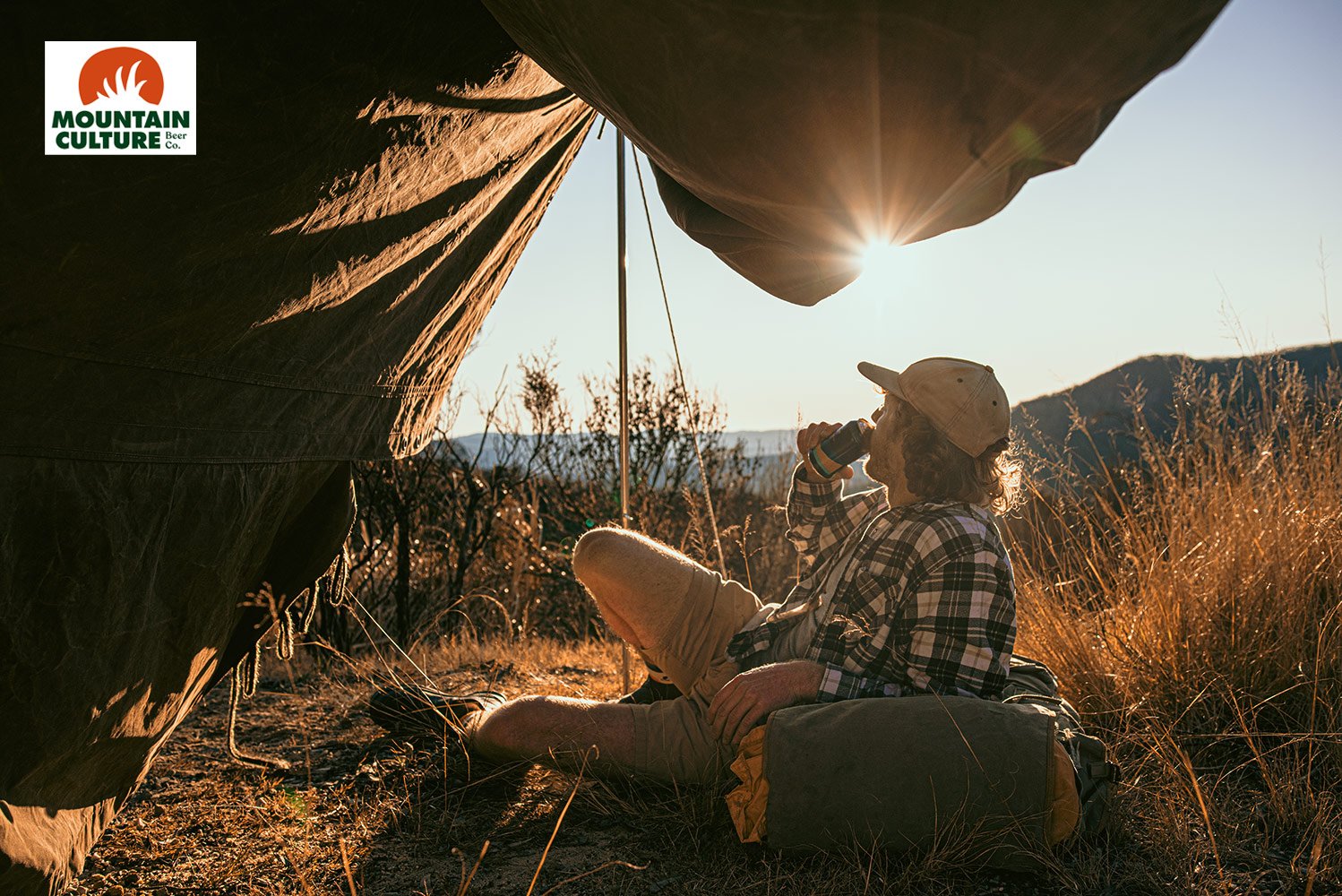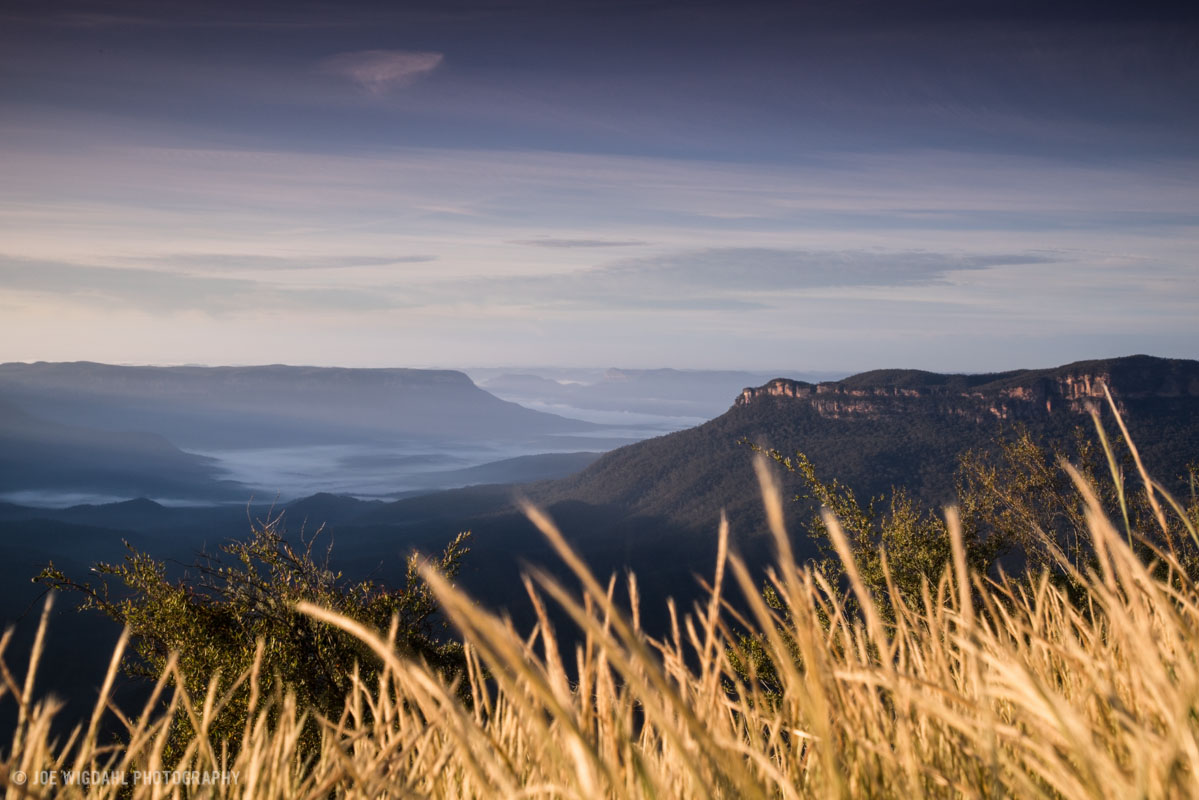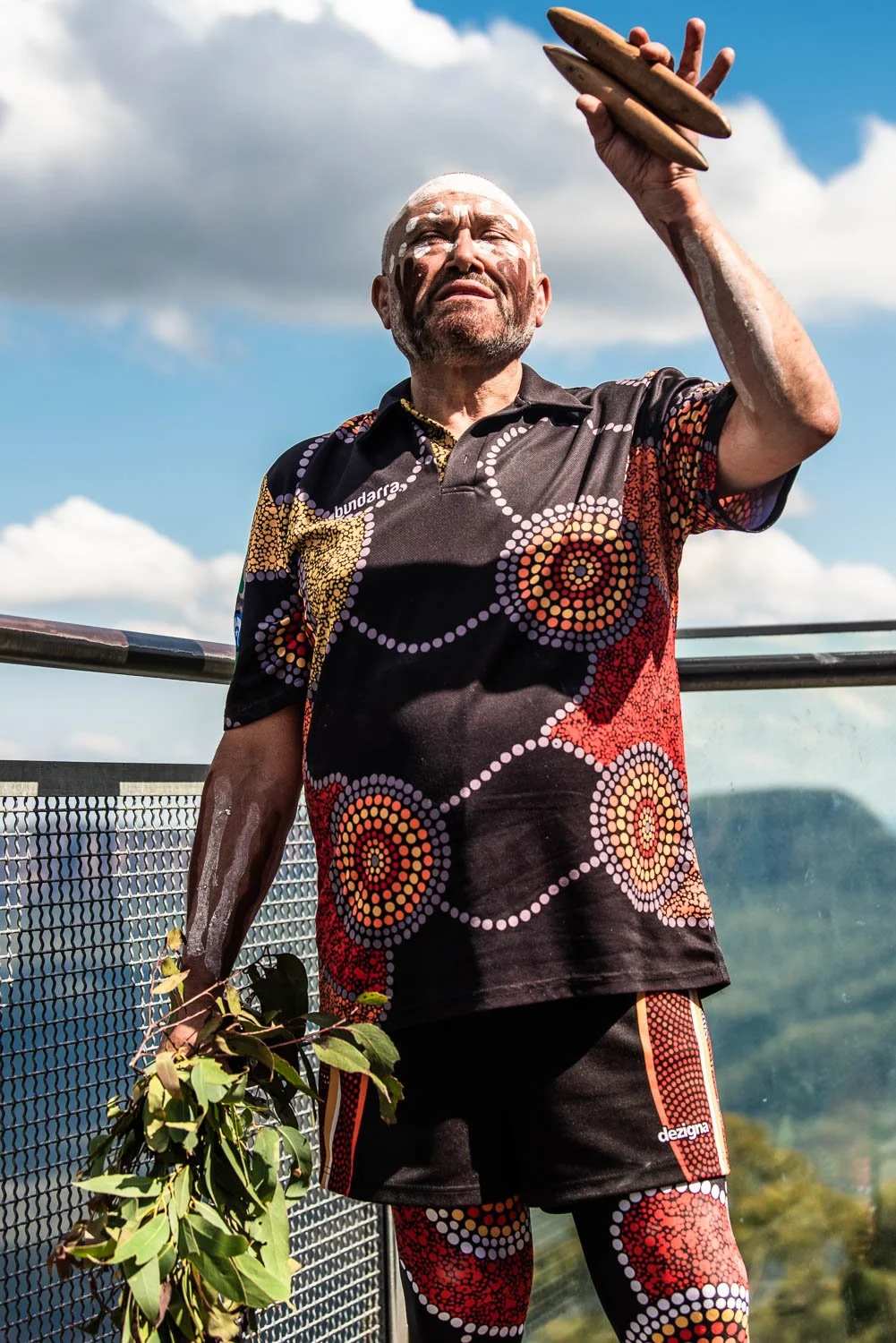AD Campaign: Mountain Culture Beer Co.- Camping & Hiking
I recently shot a series of images for the award-winning brewery, Mountain Culture Beer Company, based in the Blue Mountains. One of the owners of Mountain Culture, Harriet McCready, approached me because she wanted a lifestyle shoot for the brewery which captured the essence of outdoor lifestyle imagery of the 1970s and early 1980s. Part of the focus of the imagery was a stylistic choice based on the colour palettes and large film grain of the magazine advertisements of the time. What Mountain Culture really wanted to capture though was the easy-going approach to outdoor life that those old ads reminded us of- the simplicity of camping and hiking that used to be about throwing on some minimal gear and heading out into the bush. Mountain Culture wanted to have a nostalgic taste of the mountain lifestyle unadorned by the new gear and high tech fabrics that make up the modern outdoor experience.
Smithsonian Magazine: The Blue Mountains
A few months ago I was contacted by the U.S. natural history publication the Smithsonian Magazine to shoot a story on Charles Darwin’s exploration of the Blue Mountains- it’s one of my favourite places in Australia.
It was a shoot that I became more passionate about as I worked my way through the assignment; it was an odd coincidence that I was hired for this shoot- a few weeks before the magazine asked me about doing the assignment my wife and I had decided to move our family to the Blue Mountains. It was a pretty exciting opportunity to explore a whole region that would be our new home. It was early spring when I started the job and the Blue Mountains is much colder and rainier than Sydney, so instead of doing the whole shoot in one trip, I actually had to drive out to the mountains every weekend for a month to get a break from the rain and fog and get all the shots I needed.
In Glenbrook and also in the Wolgan Valley I saw hand paintings in caves which are said to range from hundreds to thousands of years old and it struck me how much more of an impact seeing hand prints made on me than carvings or drawings I’ve seen at other sites. To see a hand print of someone from thousands of years before is to see their size, their age and their physical humanity and connect with them in a way I hadn’t really sensed before. I noticed one set of hand prints where the person must have broken their hand at some point and it healed badly because one of the fingers bent away from the hand in an unnaturally awkward angle. I felt like I was reading some form of ancient text about who lived on this land.
Often when I'm shooting a morning landscape I'll get to the location well before dawn and shoot through the sunrise for an hour or two. Even in a not-so-mindblowing landscape there is usually a moment where the light and the morning atmosphere does something that makes everything light up in the right way. For these shots of what is known as the Jamison Valley in the Blue Mountains off of Sublime Point in Leura, I felt like I was watching a light show- the sun, the mist and the eucalyptus vapor in the air kept changing colors and lighting up the landscape in surprisingly different ways. Every 10 minutes was something different. Finally when I was done I set the camera down in the grass while I was packing up my gear and tripod and grabbed a quick shot- I realised that that was probably my favorite shot of the morning.
I spent a day doing a massive hike in the bushwalk around the Three Sisters. I started off at Scenic World taking the world's steepest train down the escarpment and walked for hours around the bush track. I wasn't keeping track of time and missed their last elevator back up, so I ended up having to climb the near-vertical staircase up the Three Sisters with a backpack full of heavy camera gear after I was already tired from hiking all day. By the time I walked back to my car and put the keys in the ignition I closed my eyes for a second and ended up sleeping for an hour and a half in the drivers seat with the door open.
The cottage that Darwin stayed in was located on the property of the Emirates Wolgan Valley Resort- the most expensive hotel in Australia. I had arrived on a Friday afternoon and it coincided with their absolute busiest time- when the guests are all arriving for the weekend. There were Ferraris and Lamborghinis in the parking lot and guests landing at the helicopter pad and I was given about an hour to shoot what I needed to get before they had to devote their full attention to the guests. Since the magazine budget clearly did not involve staying at the spa, after I was done shooting I had to drive about an hour before I could find a place to stay. The local town was having a big lawn bowling competition and all of the rooms were booked out to drunken retirees enjoying their night out with the boys. The only place I could find to sleep was a room above a loud pub with a bunch of guys arguing about rugby. My bed must have been a junior bed because my feet hung off the bed past my ankles and I could hear a guy in the room next door watching porn on his phone all night. The difference between the Emirates Spa and the sleeping situation I had arrived at could not have been more stark. I had a late dinner at a local bar and was called a "fancypants" by one of the locals. I couldn't really figure out why other than the fact that I was wearing glasses and reading while eating dinner. I guess I was being a fancypants.
I had taken some big hikes getting (sort of) lost looking through a cave system in the Wolgan Valley for some hand paintings that were just too hard to find. Instead I got sunburn and bug bites. After finding only a few hand paintings I struck out for the Mt. Tomah Botanical Gardens which have examples of wollemi pines growing in their gardens. It was the end of the shoot, I had gotten everything ticked off my shot list and I was looking forward to going home the next day.
I was supposed to meet Darwin's great-great-grandson Chris Darwin and shoot his portrait, but despite our best efforts we just couldn't make it happen- he had booked passage on a very slow container ship from France to Australia to reduce his carbon footprint and didn't get back until after the story went to press.
The story that the images accompany can be found on the Smithsonian's website here: http://www.smithsonianmag.com/science-nature/australia-put-evolution-darwins-mind-180953651/?no-ist




















